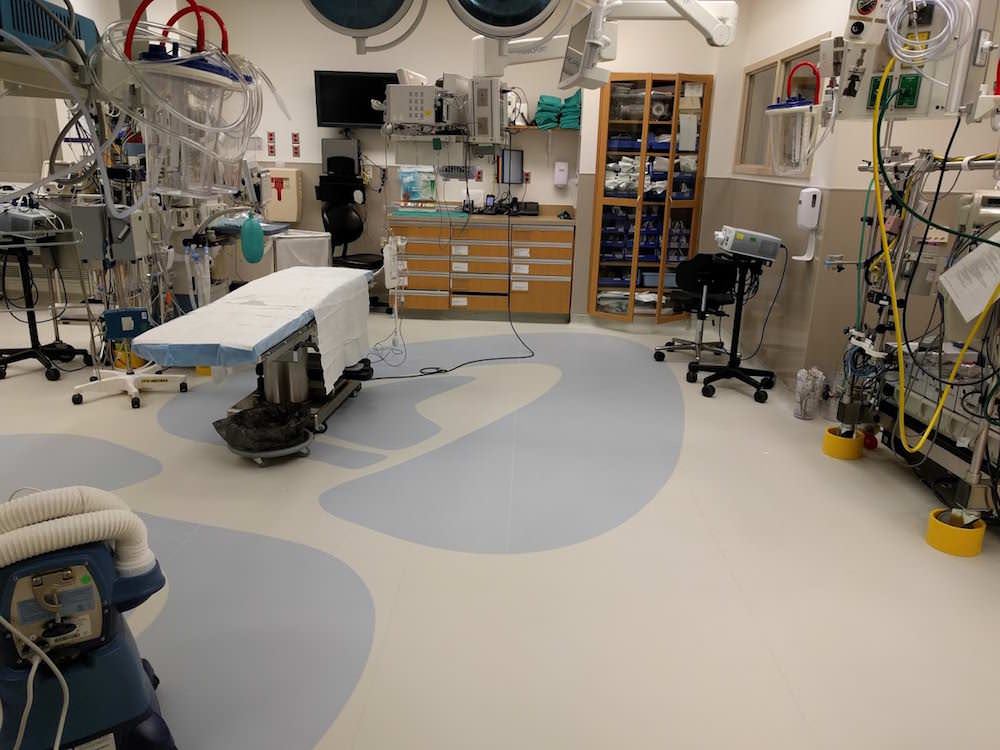Cardiac arrest is one of the most feared complications in medicine as it tends to usually precede death despite appropriate interventions. However, a controlled cardiac arrest is routinely utilized as part of cardiopulmonary bypass (CPB) to facilitate complex heart and lung surgeries.
Yes, the fact that it’s controlled doesn’t usually make people feel better. Despite explaining safety considerations, the purpose of arrest, etc, the next question is invariably: “Well, what if my heart doesn’t start again?”
In general, doctors don’t like taking chances, and we always like to have contingency plans if something goes awry. We utilize a plethora of monitors (arterial line, echocardiography, occasionally PA catheters, ventilator parameters) as well as intraoperative labs (blood counts, electrolytes, blood gases, coagulation profile) in conjunction with training and experience to determine how and when to best separate from CPB.
Despite administering cardioplegia solution (the agent that induces a diastolic arrest), the heart wants to restart. In fact, every 20-30 minutes during surgery on CPB, the perfusion team readministers more cardioplegia as the previous dose gets washed out over time. The heart wants to contract. It has intrinsic automaticity from pacer cells located throughout the myocardium which want to fire and generate a contraction.
That being said, patients sometimes don’t return to their previous heart rhythm immediately after bypass. We routinely place epicardial pacing wires and artificially pace the heart (if needed) until the underlying rhythm is favorable. Sometimes, medications utilized to help wean from cardiopulmonary bypass may also generate aberrant rhythms (ie, epinephrine can cause tachyarrhythmias), and with some time and weaning these medications, the heart rate/rhythm often return to normal.
In rare circumstances, weaning from CPB is simply not possible without additional mechanical circulatory support in the form of an intra-aortic balloon pump (IABP), Impella, or even extracorporeal membrane oxygenation (ECMO). The complexity of the operation coupled with a patient’s functional status going in are often predictors of how easily they may separate from bypass with appropriate cardiac function, but from time to time we are surprised.
As with any surgery, we have to weigh the pros and cons of the surgery itself and meaningful postoperative recovery. Patients should be informed about the potential risks, but also understand them in the context of probability.
Drop me a comment below with questions!






